Jungmun Tourist Complex (중문관광단지)
17.4Km 2024-03-12
38 Jungmungwangwang-ro, Seogwipo-si, Jeju-do
+82-64-739-1330
Jungmun Tourist Complex is a comprehensive resort area spanning across Jungmun-dong, Saekdal-dong, and Daepo-dong in Seogwipo-si. It features luxury accommodations such as The Suites Hotel and Lotte Hotel Jeju, along with various tourist, convention, shopping, and cultural facilities. Additionally, there are leisure facilities like the Yeomiji Botanic Garden, PLAY K-POP, and Pacific Land. The unique natural environment of Jeju, including Jungmun Saekdalhaebyeon Beach, offers opportunities for marine sports such as surfing, yachting, and parasailing, providing enjoyment amidst Jeju's distinctive coastal settings.
Chocolate Land (초콜릿랜드)
17.5Km 2025-12-18
15 Jungmungwangwang-ro 110beon-gil, Seogwipo-si, Jeju-do
Jeju Chocolate Land, located in the Jungmun Tourist Complex, offers a variety of fun activities and experiences centered around chocolate. It features chocolate artworks in various forms from around the world, the world's first chocolate painting, an international chocolate exhibition showcasing chocolates from different countries, a photo zone for children, a chocolate-making experience area, and an observation deck. The chocolate-making experience is easy to enjoy as the ingredients and tools are provided, allowing visitors to savor both taste and fun. It is also a great opportunity to package the chocolates made and gift them to loved ones.
Gwaneumsa Temple (Jeju) (관음사(제주))
17.5Km 2025-10-23
660 Sallokbuk-ro, Jeju-si, Jeju-do
Gwaneumsa Temple is a historic Buddhist temple located about 650m up on the slopes of Hallasan Mountain. The road leading to the temple is exceptionally scenic, framed by cedar trees and adorned vibrant with chrysanthemum flowers, creating a striking yellow path. The temple grounds host siginificant structures such as the Cheonwangmun Gate, Daeungjeon Hall, and the Gwaneumgul Cave. For visitor convenience, the complex includes a café and a restaurant specializing in Buddhist temple cuisine. Additionally, the temple offers a templestay program, providing guests with a unique opportunity to engage in rest and meditation, embracing the tranquil solitude of the temple environment.
Olive Young - Jeju Jungmun Branch [Tax Refund Shop] (올리브영 제주중문)
17.5Km 2024-04-22
32, Jungmungwangwang-ro 110beon-gil, Seogwipo-si, Jeju-do
-
Crocs - Jeju Jungmun Branch [Tax Refund Shop] (크록스 제주중문)
17.7Km 2024-04-18
Store #2, B1, Bldg. Da (Sinuseong Town, Saekdal-dong), 29-9, Jungmungwangwang-ro 72beon-gil, Seogwipo-si, Jeju-do
-
Jungmun Saekdalhaebyeon Beach (중문·색달해변)
17.7Km 2024-02-22
29-51 Jungmungwangwang-ro 72beon-gil, Seogwipo-si, Jeju-do
+82-64-740-4993
Jungmun Saekdalhaebyeon Beach is a white sandy beach with a bow-like shape. The uniquely colored beach blends beautifully with the volcanic rocks. It is known as an attraction for surfers due to its frequent winds and large, high waves, and it hosts international surfing competitions.
Teddy Bear Museum Jeju (테디베어뮤지엄제주)
17.7Km 2025-03-15
31 Jungmungwangwang-ro 110beon-gil, Seogwipo-si, Jeju-do
+82-64-738-7600
Teddy Bear Museum Jeju is a themed museum dedicated to teddy bears. It showcases rare teddy bears collected from around the world and also introduces the history of humanity in the 20th century. The adorable teddy bears make it popular among children. Visitors can enjoy performances by Elvis Teddy at the Elvis Theater every 15 minutes. There are also outdoor gardens, a souvenir shop, and a café available.
Alive Museum - Jeju Island Jungmun Branch (박물관은 살아있다 (제주중문점))
17.8Km 2021-07-29
42, Jungmungwangwang-ro, Seogwipo-si, Jeju-do
+82-64-805-0888
"Alive Musuem" is a cultural playground, consists of five themes namely - optical illusion art, media art, object art, sculpture art and provence art, where imaginations can be turned into reality. Visitors can participate actively and take many interesting pictures while posing with the art in a variety of fun and unique ways.
Halla Ecological Forest (한라생태숲)
17.9Km 2021-06-11
2596, 516-ro, Jeju-si, Jeju-do
+82-64-710-8688
Spanning 196 hectares, Halla Ecological (Eco) Forest is home to 288,000 trees representing 333 indigenous plant species. Having been designated as a conservation area, the forest provides plenty of great opportunities to observe and learn about Jeju's diversified ecosystem through various facilities including an observatory, plant nurseries, walking trails, and more. The forest also features 13 themed forests with low-impact facilities to preserve the essence of the forest. Visitors can sign up for the forest experience program to enjoy the walking trails within the forest.
Pyoseon Sehwa Haenyeoui Jip (표선세화해녀의집)
18.0Km 2024-02-20
41 Minsokhaean-ro, Pyoseon-myeon, Seogwipo-si, Jeju-do
Pyoseon Sehwa Haenyeoui Jip is a restaurant renowned for its fresh Jeju seafood dishes, complemented by the picturesque views of the romantic Pyeoseon Coastal Road. The standout menu item is the braised cutlassfish, prepared with fresh Jeju-grown cutlassfish and other seafood harvested by Sehwari haenyeos. Diners can savor views of the sea and Hallasan Mountain from the restaurant. Situated on Pyeoseon Coastal Road, along the route of Jeju Olle Course 4, the location offers a tranquil and cozy ambiance.
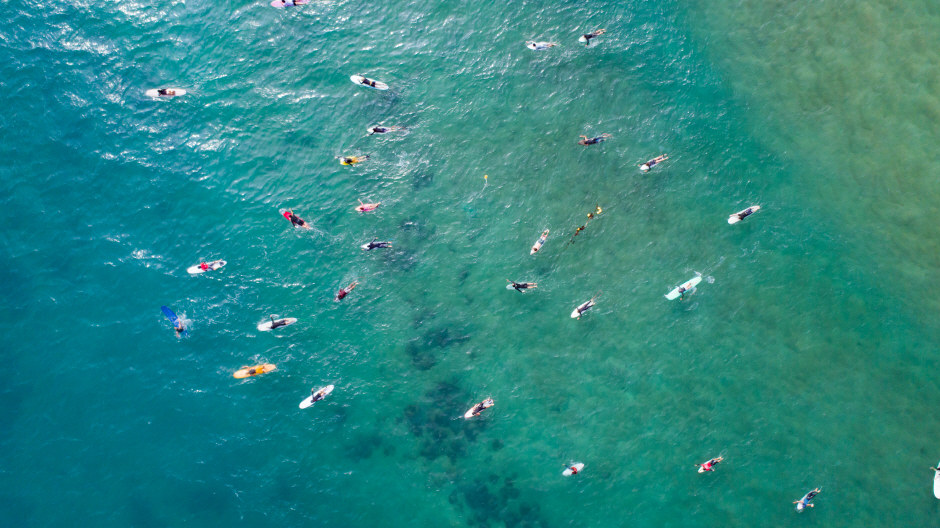
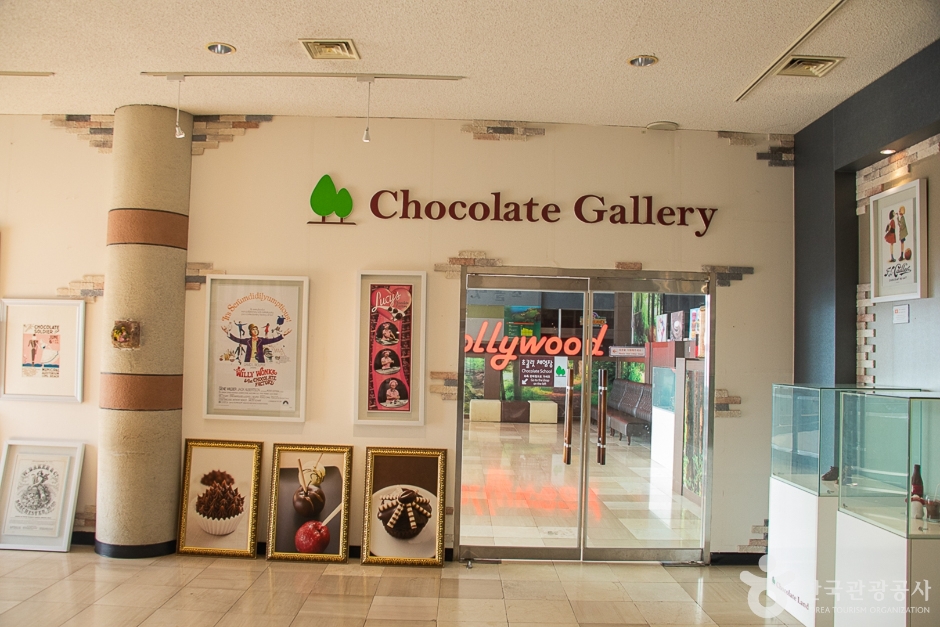
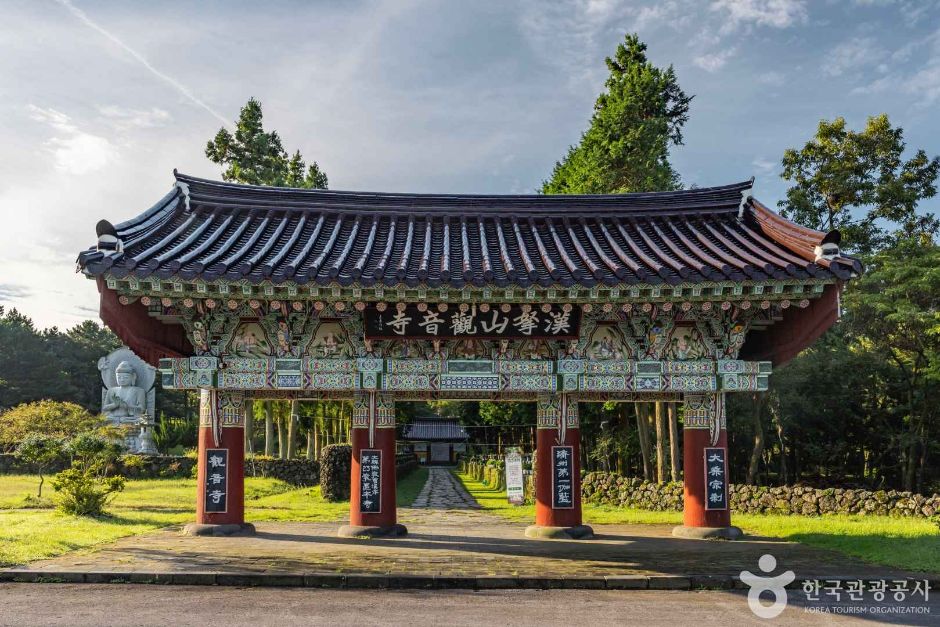

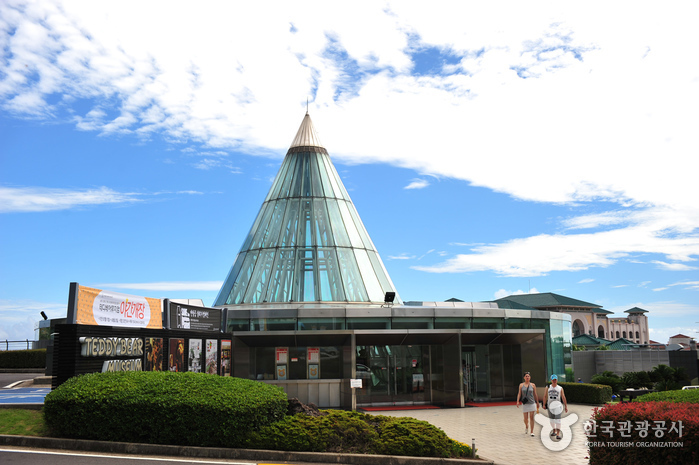
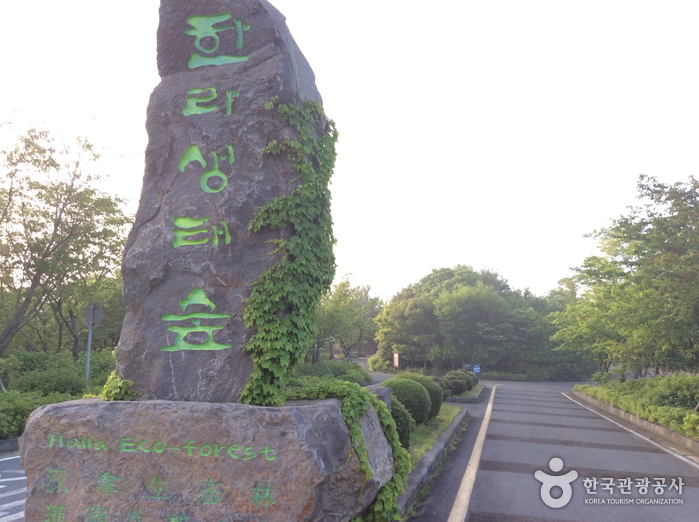
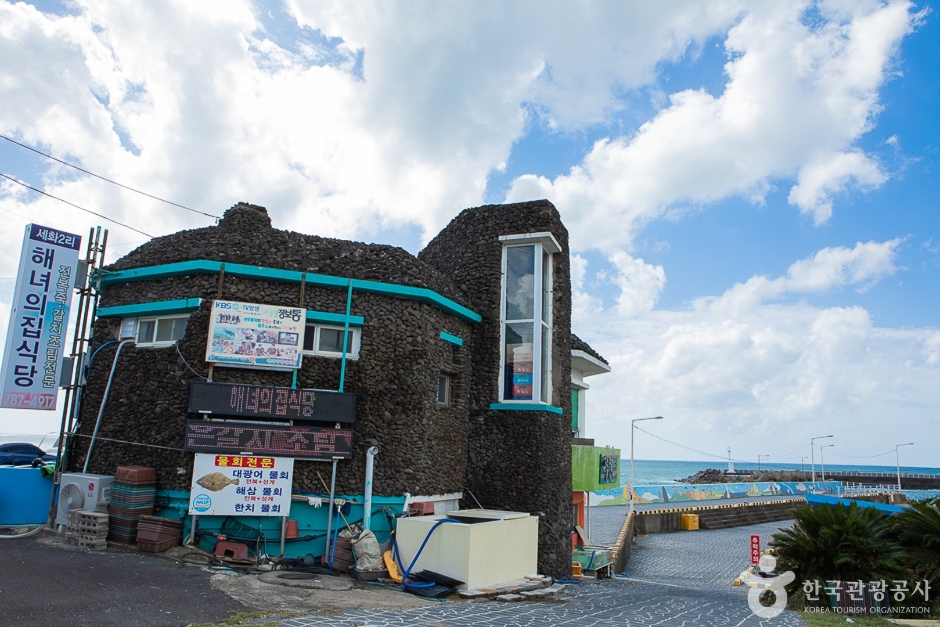
 English
English
 한국어
한국어 日本語
日本語 中文(简体)
中文(简体) Deutsch
Deutsch Français
Français Español
Español Русский
Русский